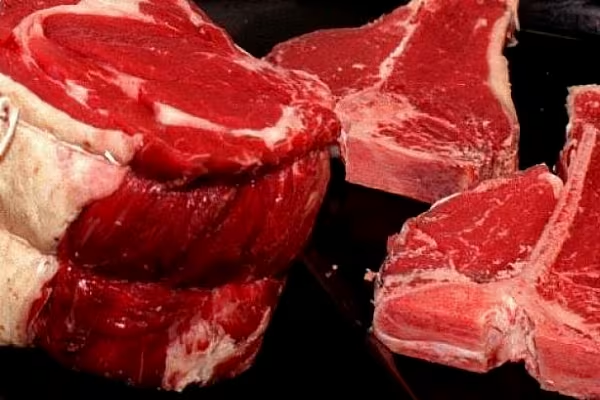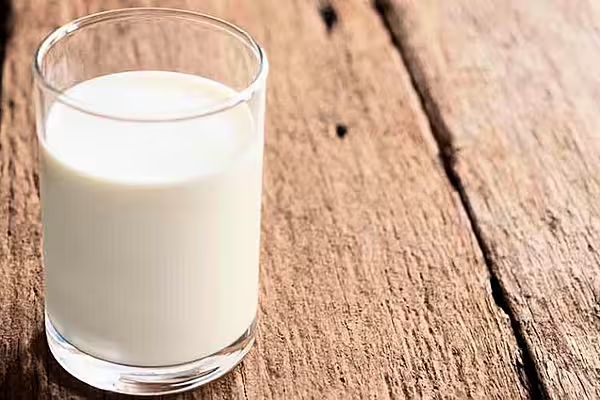The resumption of American beef exports to China after a 14-year hiatus took another step closer, after the US Department of Agriculture said that trade rules have been finalised.
The latest development was announced by the USDA in a statement. It follows the agreement reached last month, by the US with China, to promote market access for American products including beef amid a broader effort to reshape the trade relationship between the countries. China halted beef shipments in 2003 amid concerns about mad-cow disease.
Beef destined for China must be sourced from cattle that were born, raised and slaughtered in the US, or animals that were imported from Canada and Mexico before being slaughtered domestically, the USDA said separately on its website. Cattle must be traceable, either to their birth farm or, if initially imported into the US, to the first place of residence or port of entry.
Traceability
"About 10% of US cattle may meet traceability requirements," Derrell Peel, an agricultural economist at Oklahoma State University in Stillwater, said in a telephone interview. "If we see a noticeable increase in sales volume by the end of the year, that will be promising. It takes time to develop trade."
Some trade groups and companies have been sceptical that US beef exports to China will be significant. An executive at Brazil’s JBS SA, the world’s largest beef supplier, said last month that the deal won’t be a game-changer for the US industry. The US Meat Export Federation has said that US shipments may see a slow start, while the market shows promise in the long term. There will be a period of adjustment and added costs involved with the new requirements, the group said in a recent statement.
“We hope that, by getting our foot in the door, we can develop a long-lasting and mutually beneficial relationship with China,” Craig Uden, president of the National Cattlemen’s Beef Association, said in an emailed statement.
News by Bloomberg, edited by ESM. Click subscribe to sign up to ESM: The European Supermarket Magazine.











